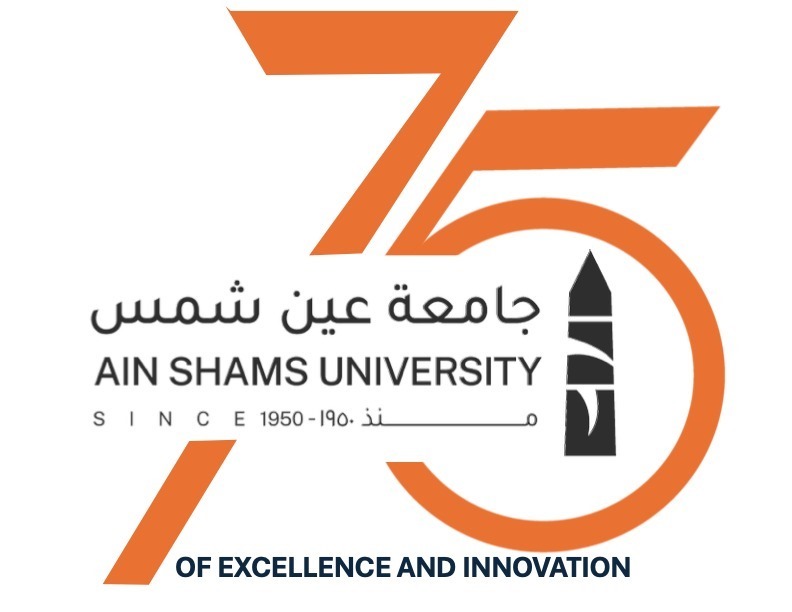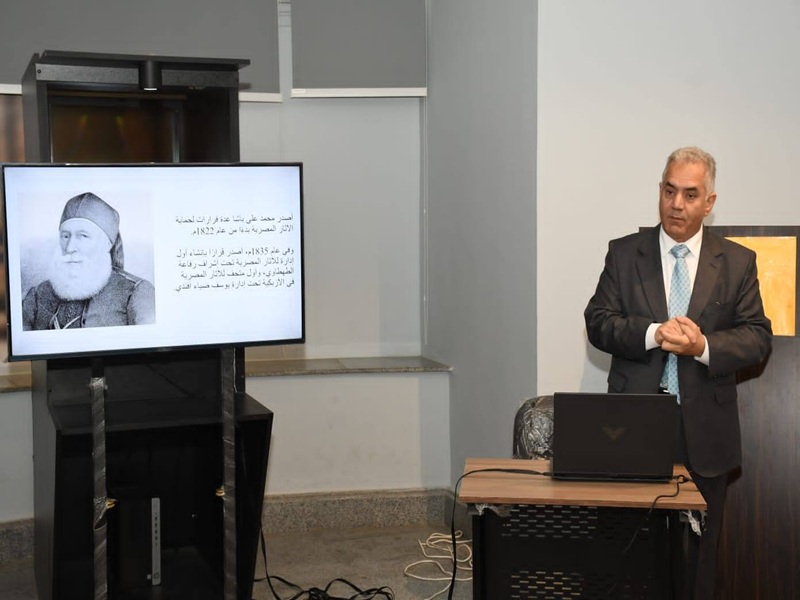The Zaffran Museum celebrates International Museum Day
Under the patronage of Prof. Mohamed Diaa Zain El-Abedeen, President of Ain Shams University, Prof. Ghada Farouk, Vice President for Community Service and Environmental Development, and Prof. Amani Osama Kamel, Vice President for Postgraduate Studies and Research. The Zaffran Museum at Ain Shams University organized a grand celebration, coinciding with the International Museum Day, under the slogan “The Future of Museums in Rapidly Changing Communities.” The event was attended by a group of experts and specialists in the field of archaeology and museums, including Prof. Mamdouh El-Damaty, former Minister of Antiquities and General Supervisor of the Zaffran Museum, Dr. Walaa El-Din Badawi, Director of the Zaffran Museum and a member of the International Committee for Historic House Museums, and a member of the General Assembly of the International Council of Museums (ICOM) - Egypt, and a group of directors and assistants of Egyptian archaeological museums.
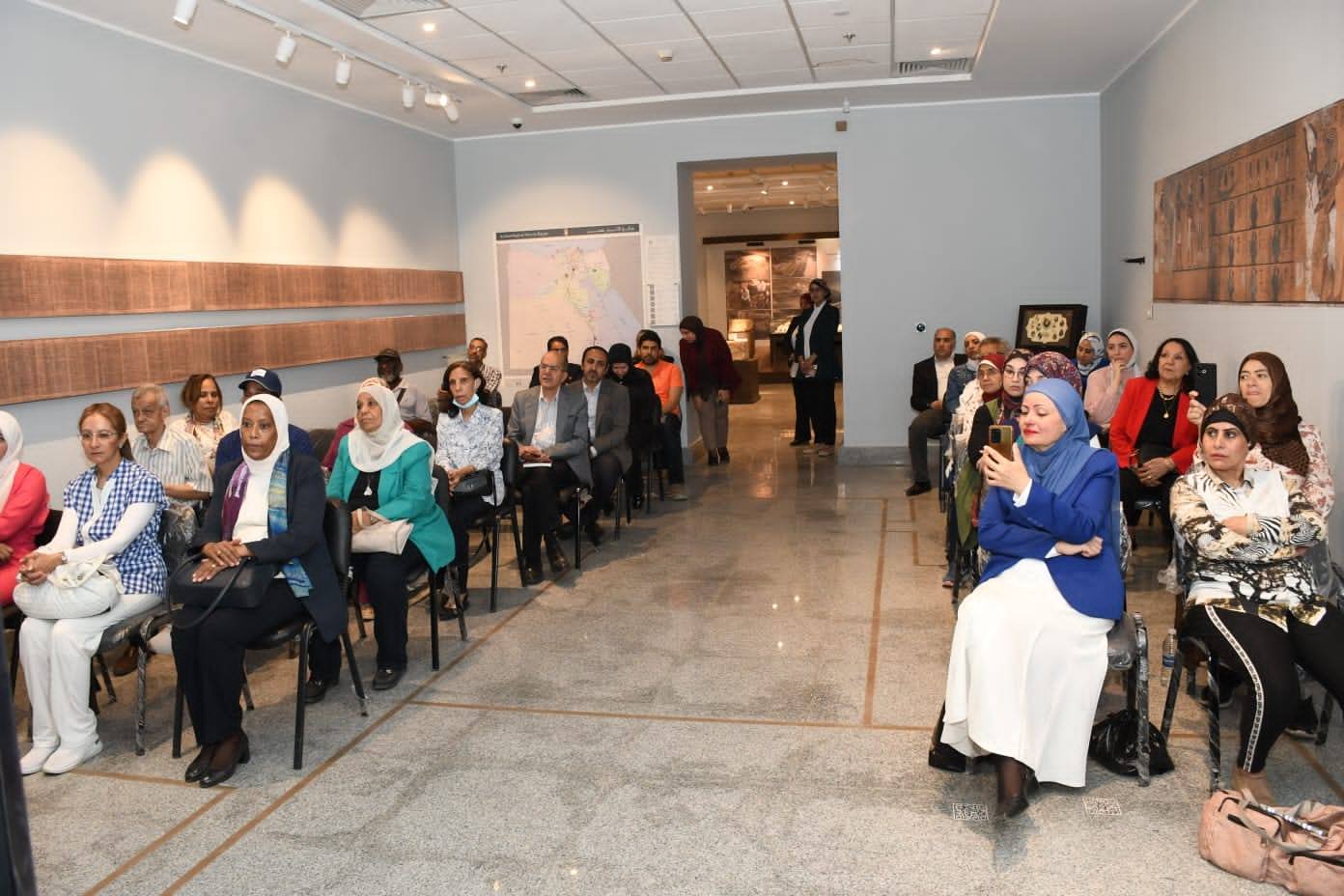 |
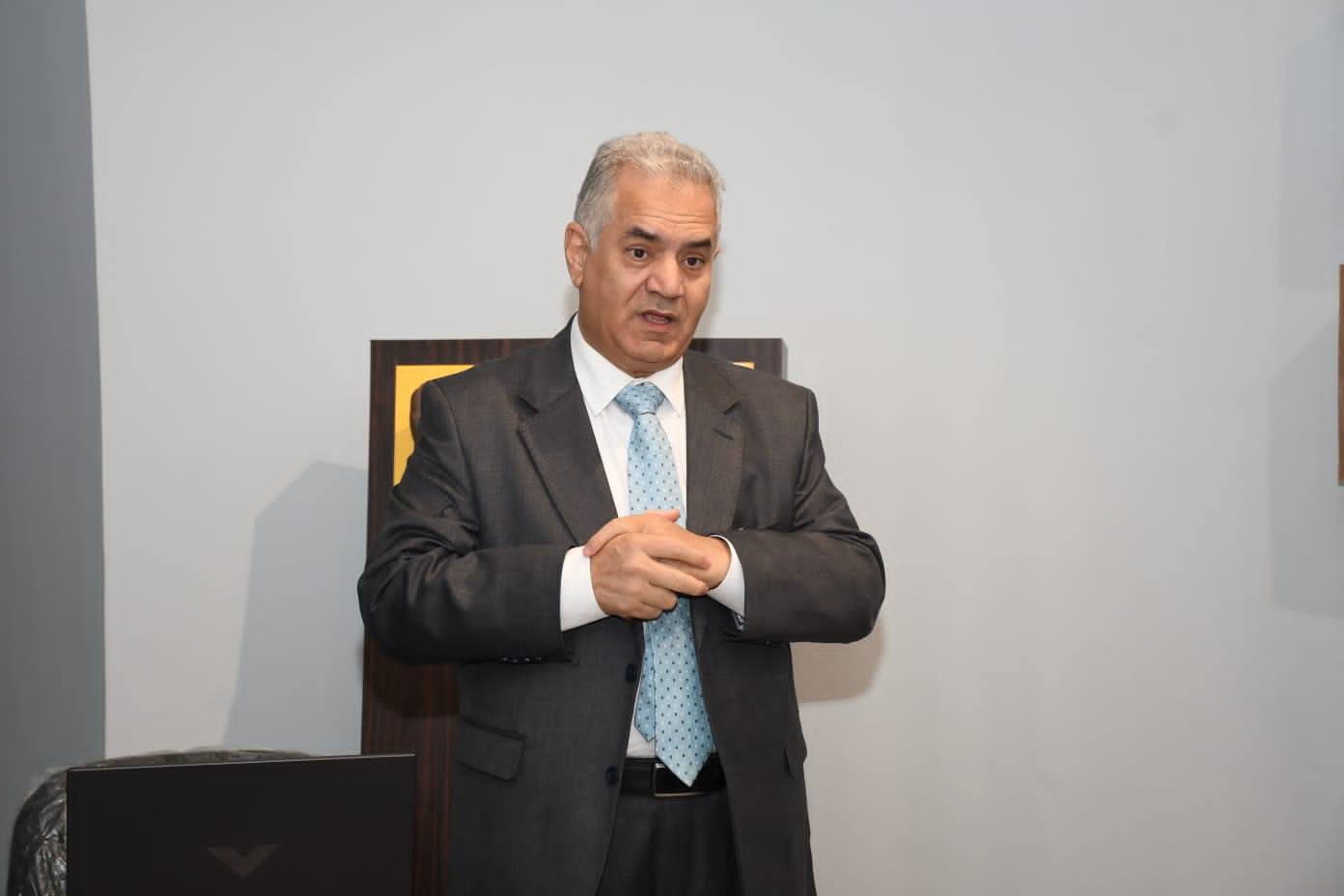 |
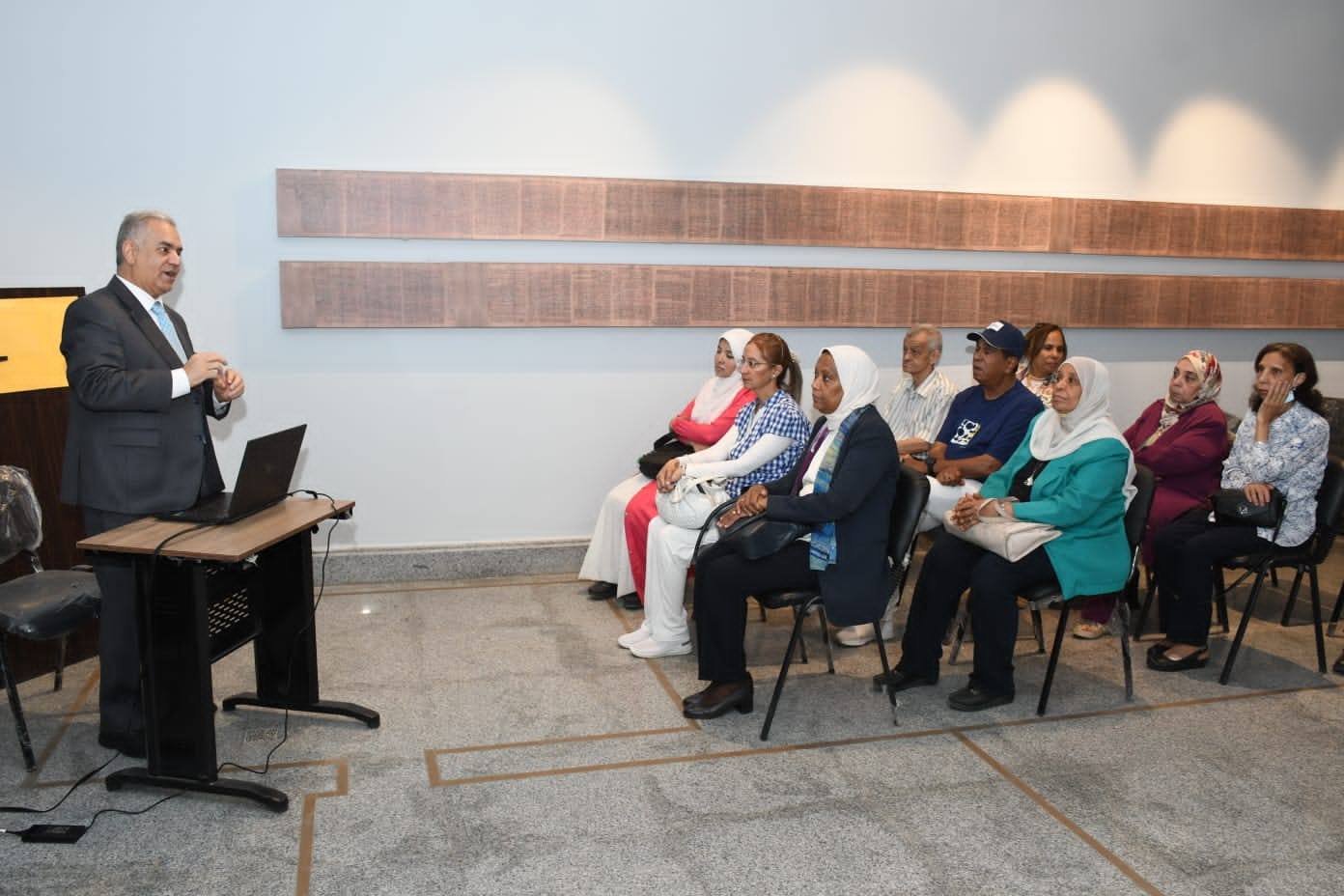 |
||
Prof. Mamdouh Eldamaty, former Minister of Antiquities and General Supervisor of the Zaffran Museum, praised the museum's importance as an educational and cultural institution within Ain Shams University, explaining that it is a distinctive model for university museums that connect academic knowledge with cultural heritage. He emphasized that the Zaffran Museum's role is not limited to displaying artifacts only, but rather contributes to raising students' awareness of the importance of antiquities and history, and constitutes an open training and scientific platform for researchers and those interested in the field of heritage, which enhances its role as a center of cultural influence inside and outside the university.
During his speech on "The Egyptian Museum from Azbakeya to Tahrir," he presented a historical and analytical overview of the development of one of the most important and prestigious museums in the world, the Egyptian Museum. He began his speech by referring to the beginnings of awareness of the value of Egyptian antiquities during the nineteenth century, when the state began taking serious steps to protect Pharaonic treasures from looting and smuggling. This provided the first nucleus for the Egyptian Museum in Azbakeya Gardens in 1835, where a small building was allocated to display a collection of important artifacts, paving the way for the establishment of a comprehensive national museum.
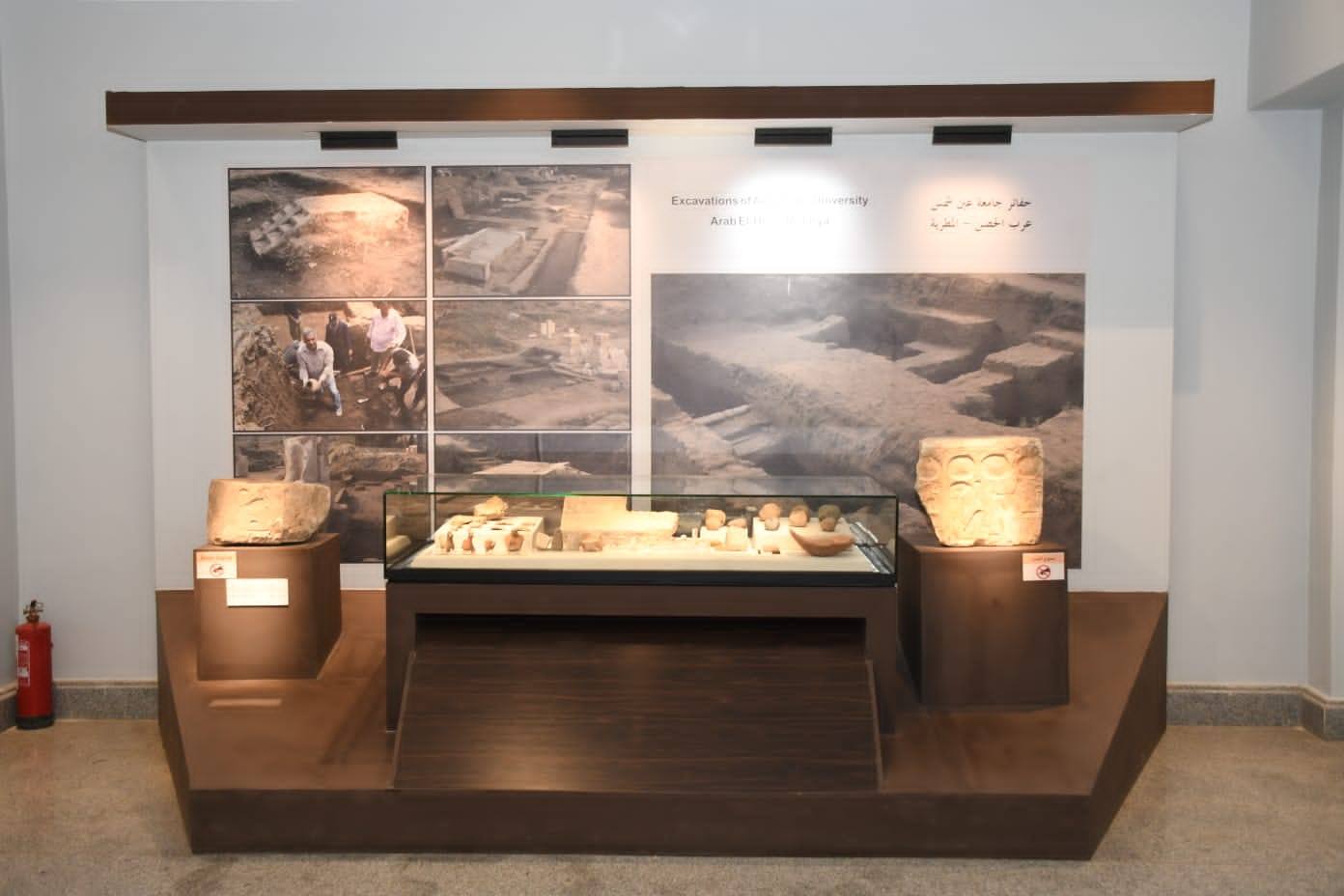 |
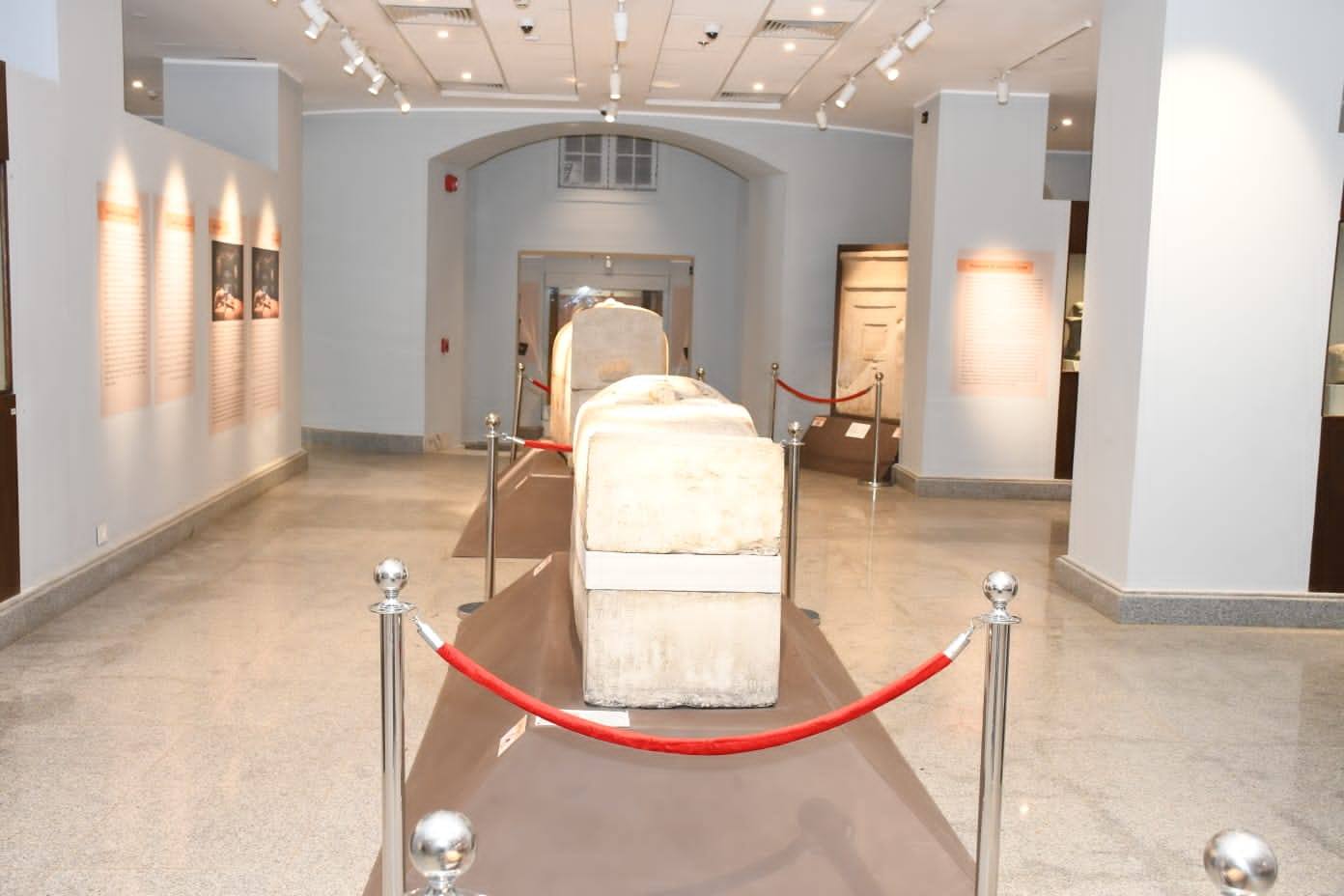 |
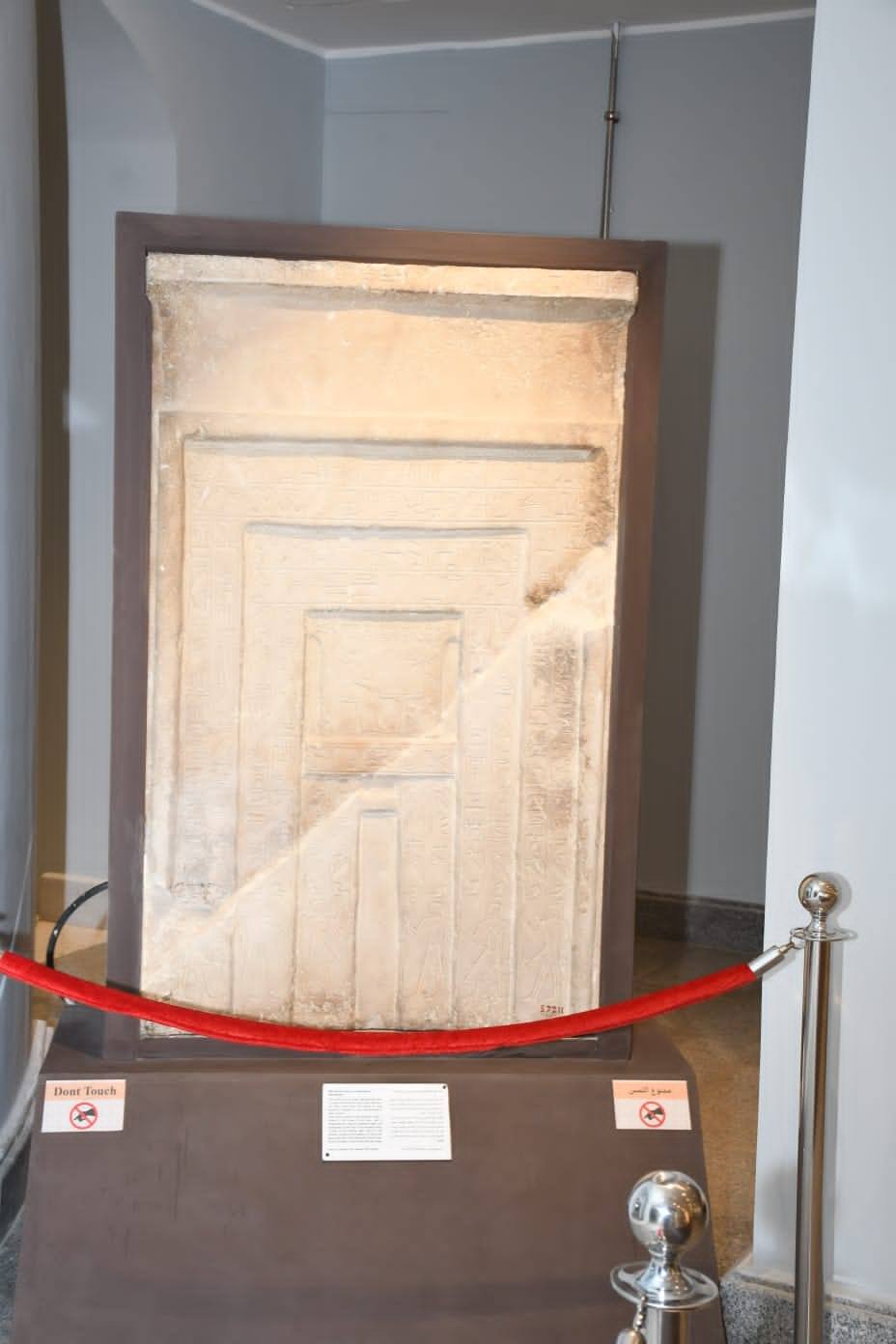 |
||
Dr. El-Damaty touched on the various stages the museum has gone through, from its move to Giza Palace in 1858 during the reign of Khedive Said, under the supervision of French archaeologist Auguste Mariette, to its installation in Tahrir Square inside the building designed by French engineer Marcel Dornon in 1902, which has become a cultural and architectural symbol embodying the ancient Egyptian state. He explained that the museum's move to Tahrir Square was not merely a spatial change, but rather a strategic step that contributed to consolidating its role as a cultural and educational institution, as display methods were developed, artifacts were documented, and accurate scientific records were created.
Dr. Eldamaty also discussed the challenges the museum has faced throughout its long history, particularly during periods of occupation, political change, and revolutions. These challenges have posed a true test of the museum's ability to preserve its collections, emphasizing that the museum has remained steadfast as a bulwark of Egyptian identity and a mirror of its expansive civilization. Concluding his remarks, he emphasized the importance of the Egyptian Museum not only as a repository of antiquities, but also as a dynamic institution that must continue to renew itself, expand its role in community and educational awareness, and connect new generations to their ancient history. He noted that understanding its history, from Azbakeya to Tahrir Square, is the cornerstone of understanding its cultural mission and future role.
The celebration includes a distinguished scientific symposium presented by Dr. Walaa El-Din Badawi, Director of the Zaffran Museum, member of the International Committee for Historic House Museums, and member of the General Assembly of the International Council of Museums (ICOM) – Egypt, entitled: "Museums: Your Path to Globalization: Your Guide to Joining ICOM Committees."
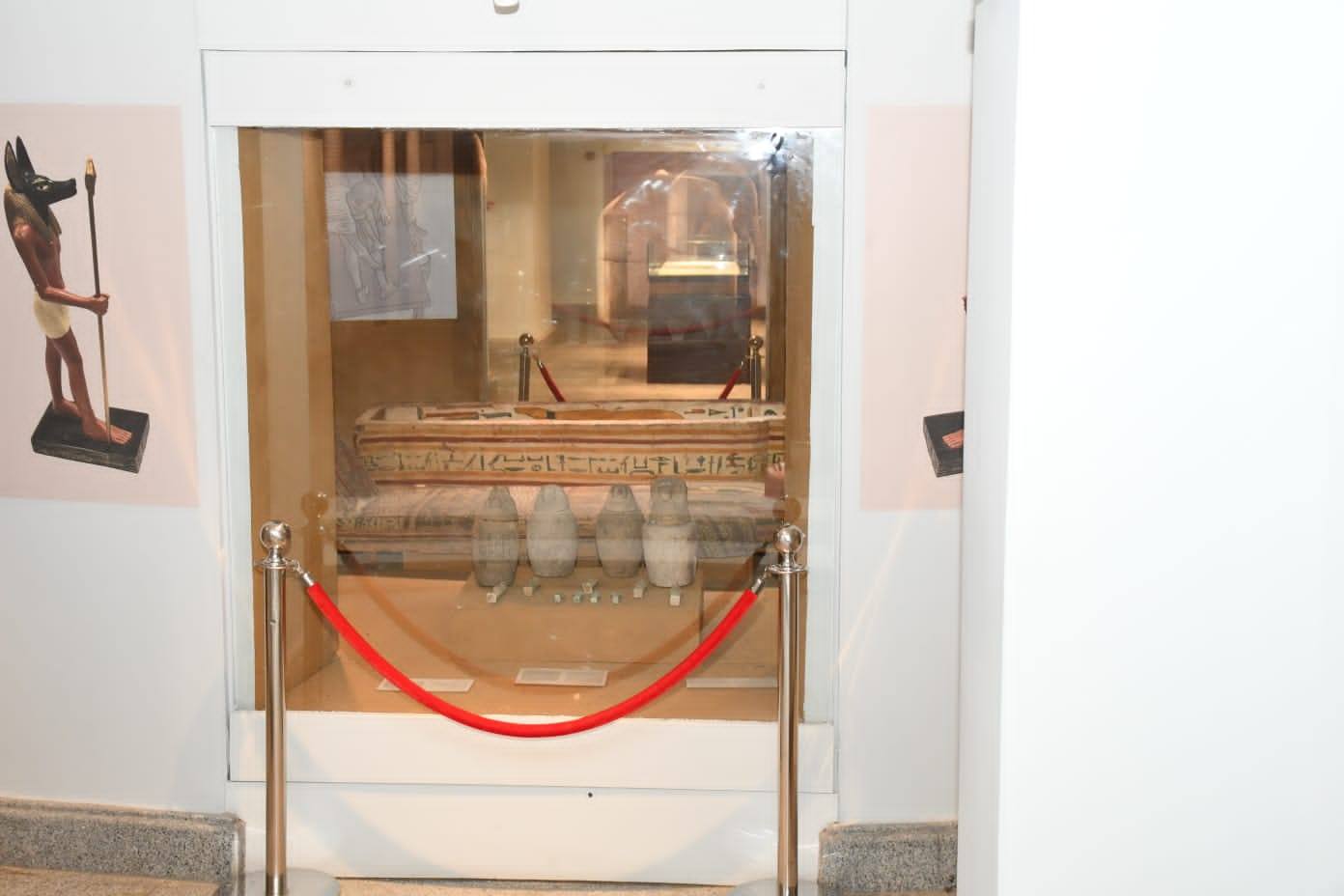 |
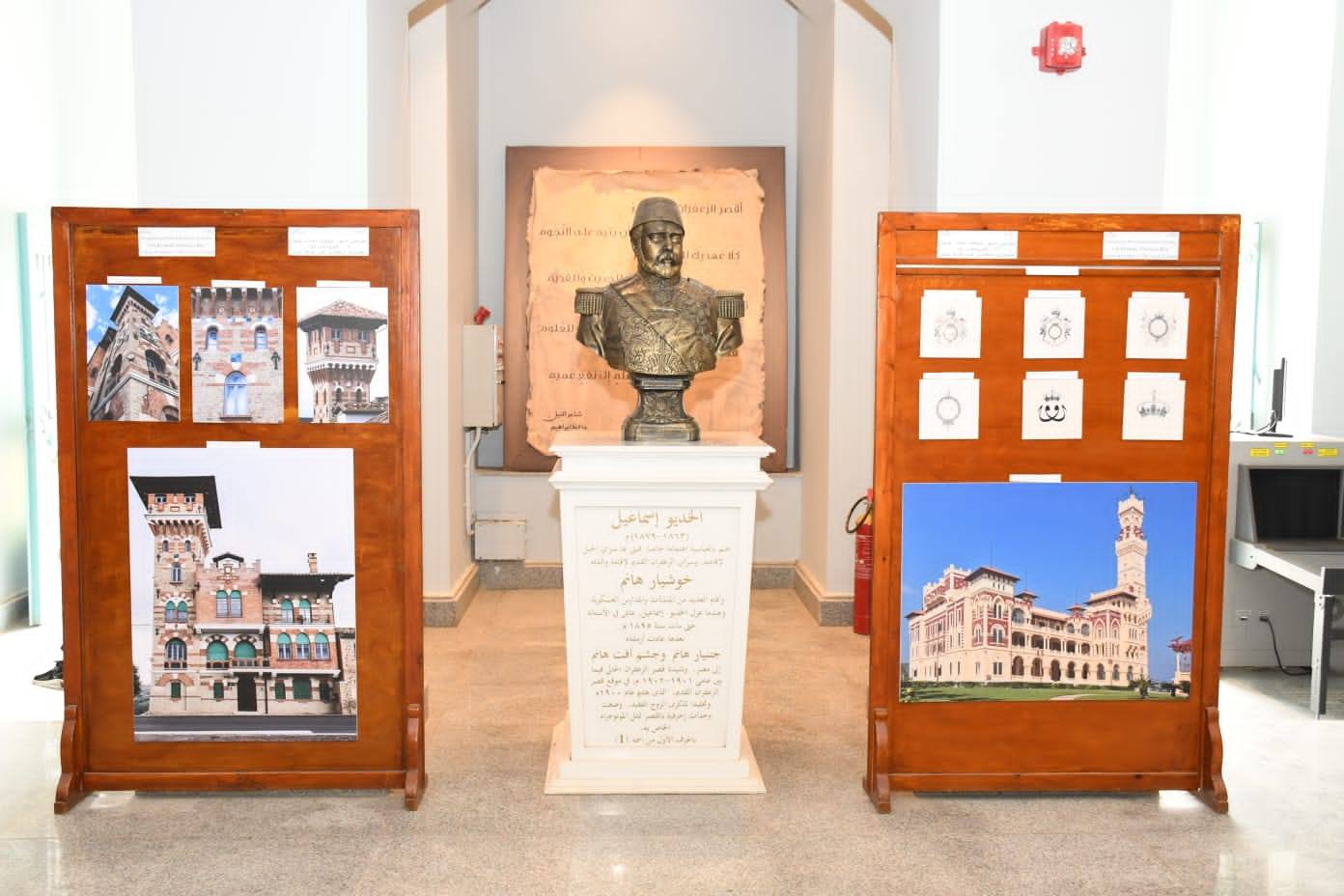 |
 |
||
In his speech, titled "Museums: Your Path to Globalization: Your Guide to Joining ICOM Committees," Dr. Walaa El-Din Badawi, Director of the Zafran Museum and a member of the International Committee of Historic House Museums, presented a comprehensive vision of the importance of engaging in international work in the field of museums. He began by highlighting the growing role museums play in promoting cultural identity and building bridges of communication between peoples. He considered joining ICOM committees not only a professional honor, but also a real opportunity to gain exposure to advanced global experiences in museum management, heritage preservation, and the presentation of knowledge in innovative ways.
In his speech, Dr. Badawi reviewed the mechanisms for joining ICOM's various committees, explaining that each committee has a specific specialization that serves a specific area of museum work, such as restoration, museum education, historic houses, maritime museums, and others. He encouraged museum professionals and those interested in Egypt and the Arab world to activate their membership in the council and actively participate in the specialized committees, which provide opportunities for training, exchange of expertise, and participation in international conferences and events that contribute to the development of museum work locally and regionally.
He also emphasized the importance of effective Arab representation within these committees to contribute to the formulation of international policies related to heritage and museum management, calling on cultural and academic institutions to support researchers and practitioners in this field to engage in the Council's activities. He concluded his speech with an inspiring message: museums are no longer merely places for preserving the past, but have become interactive platforms that contribute to building the future, and joining ICOM is one of the most important keys to this global professional and cultural future.
The two lectures will be followed by an introductory tour of the museum by the museum curators, followed by an open dialogue session (museum chat) with the museum director and attendees, with the aim of enhancing communication and spreading museum awareness.
On the sidelines of the celebration, a group of members from Garage Art and the Halawet Misr Cultural Salon were hosted. They are a group of artists, creatives, writers, poets, and thinkers united by a passion for artistic expression. They work to highlight societal issues through the visual and plastic arts, and they strive to revive the creative spirit with the aim of strengthening Egyptian identity and spreading cultural awareness through seminars and literary evenings that celebrate the beauty and diversity of Egyptian heritage.


.svg)
